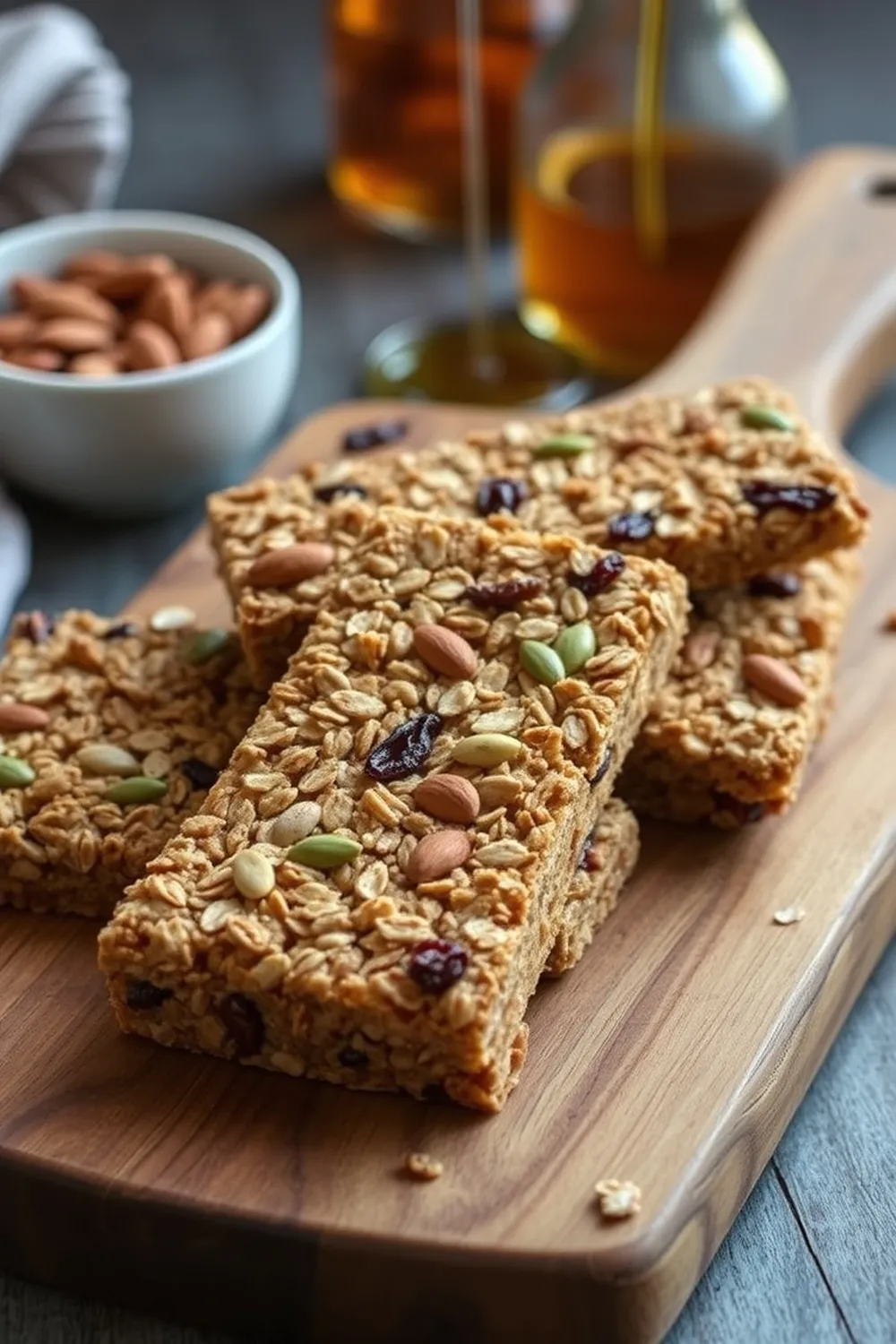- Boil water with salt and 1 tsp ghee. Add rice flour gradually, stirring continuously to avoid lumps. Cover and let cool.
- Knead cooled mixture into a smooth dough. Grease hands and shape into marble-sized balls.
- Place balls in a greased steel vessel. Steam in a pressure cooker without the weight for 15 minutes. Let the pressure release naturally.
- Heat oil for tempering. Add mustard seeds, cumin seeds, urad dal, and chana dal. Fry until golden.
- Add slit green chilies, red chilies, curry leaves, and asafoetida. Sauté for 30 seconds.
- Mix in grated coconut, then add the steamed dumplings. Toss gently to coat with the tempering.
- Serve warm with spicy podi or chutney.
- Calories:150 kcal25%
- Energy:627 kJ22%
- Protein:2 g28%
- Carbohydrates:25 mg40%
- Sugar:mg8%
- Salt:200 g25%
- Fat:4 g20%
Last Updated on 4 months by Neha Deshmukh
Steamed Rice Flour Dumplings Recipe – South Indian Podi Idli
Introduction
There’s just something so comforting about a warm, fluffy idli, isn’t there? But today, we’re taking a little detour from the usual soft idlis and diving into the world of Podi Idli – these delightful steamed rice flour dumplings are a South Indian specialty, and honestly, they’ve quickly become a favorite in my kitchen! I first made these when I was craving something a little different, a bit more textured than the traditional idli, and I haven’t looked back. They’re perfect for a quick breakfast, a satisfying snack, or even a light dinner. Let’s get cooking!
Why You’ll Love This Recipe
These aren’t your average idlis! Podi Idli offers a wonderful textural contrast – slightly chewy on the outside, soft within. The simple tempering adds a burst of flavor that’s just irresistible. Plus, they’re surprisingly easy to make, even if you’re new to South Indian cuisine. They’re a fantastic way to enjoy the flavors of South India without a lot of fuss.
Ingredients
Here’s what you’ll need to make these delicious Podi Idli:
- 0.5 cup rice flour (about 100g)
- 1.25 cups water (300ml)
- 0.25 tsp salt (about 1.5g)
- 0.5 tsp ghee (about 2.5g)
- 1 tbsp oil (for tempering) (about 15ml)
- 3 tbsp grated coconut (about 20g)
- 0.5 tsp mustard seeds (about 2.5g)
- 1 tsp cumin seeds (about 5g)
- 1 tsp urad dal (about 6g)
- 1.5 tsp chana dal (about 8g)
- 2 green chilies, slit (adjust to taste)
- 2 red chilies, broken into pieces
- 0.25 tsp asafoetida (hing) (about 1.25g)
- 1 sprig curry leaves (about 8-10 leaves)
Ingredient Notes
Let’s talk ingredients! Rice flour is the star here – I recommend using a good quality, finely ground rice flour for the best texture. You can find this at most Indian grocery stores.
Ghee adds a lovely richness, but you can substitute with oil if you prefer. Don’t skip it though, it really does add a special touch!
Now, the tempering is where you can really get creative. Every family has their own little twist. Some add a pinch of turmeric, others include a few dried red chilies for extra heat. Feel free to experiment and make it your own!
Step-By-Step Instructions
Alright, let’s get down to business!
- First, in a saucepan, bring the water to a boil with the salt and ghee.
- Gradually add the rice flour, stirring constantly to avoid any lumps. This is important! Keep stirring until everything comes together.
- Once it forms a dough, cover the saucepan and let it cool completely.
- Now, grease your hands lightly with oil. Knead the cooled mixture into a smooth, soft dough. It shouldn’t be sticky.
- Shape the dough into small, marble-sized balls.
- Grease a steel vessel (or any steamer-safe container) well with oil. Place the dumplings inside, leaving a little space between each one.
- Steam in a pressure cooker without the weight for about 15 minutes. Let the pressure release naturally. This is key to getting perfectly cooked, fluffy dumplings.
- While the dumplings are steaming, let’s make the tempering. Heat the oil in a small pan.
- Add the mustard seeds and let them splutter. Then, add the cumin seeds, urad dal, and chana dal. Fry until golden brown.
- Add the slit green chilies, broken red chilies, curry leaves, and asafoetida. Sauté for about 30 seconds until fragrant.
- Stir in the grated coconut and cook for another minute.
- Gently add the steamed dumplings to the tempering and toss to coat them evenly. Be gentle so they don’t break apart!
Expert Tips
- Lump-Free Dough: The key to a smooth dough is constant stirring while adding the rice flour. Don’t rush this step!
- Don’t Overcrowd: When steaming, don’t overcrowd the vessel. This ensures even cooking.
- Natural Pressure Release: Letting the pressure release naturally prevents the dumplings from becoming soggy.
Variations
- Vegan Adaptation: Simply substitute the ghee with an equal amount of oil.
- Gluten-Free: This recipe is naturally gluten-free! Just double-check your asafoetida to ensure it hasn’t been processed with wheat flour.
- Spice Level Adjustment: Adjust the number of green and red chilies to your liking. My family loves a good kick, so I usually add a little extra!
- Regional Variations: In Tamil Nadu, you might find these made with a touch of turmeric in the dough. In Karnataka, they sometimes add a pinch of hing directly to the dough.
Serving Suggestions
Podi Idli is best served warm. It’s absolutely divine with a spicy podi (powder) – think gunpowder podi or a homemade blend of lentils and spices. A coconut chutney or even a simple tomato chutney also works beautifully. I personally love it with a dollop of homemade yogurt for a cooling contrast.
Storage Instructions
Leftover Podi Idli can be stored in an airtight container in the refrigerator for up to 2 days. Reheat gently in a steamer or microwave before serving. You can also freeze the steamed dumplings for longer storage – just thaw completely before reheating.
FAQs
- What type of rice flour is best for Podi Idli? I recommend using a finely ground, good quality rice flour. Idli rice flour works particularly well.
- Can I make the dough ahead of time? Yes, you can! Just prepare the dough, cover it, and refrigerate for up to a day. Bring it to room temperature before shaping the dumplings.
- What is asafoetida (hing) and can I substitute it? Asafoetida is a resin with a pungent aroma that adds a unique flavor to Indian dishes. If you can’t find it, you can omit it, but it does add a lovely depth of flavor.
- How do I prevent the dumplings from becoming sticky? Grease your hands well before shaping the dumplings. Also, ensure the dough isn’t too wet.
- What is the best podi/chutney to serve with Podi Idli? Gunpowder podi is a classic pairing! Coconut chutney and tomato chutney are also excellent choices.
- Can I steam these in a regular steamer instead of a pressure cooker? Absolutely! Steam them in a regular steamer for about 20-25 minutes, or until cooked through.










